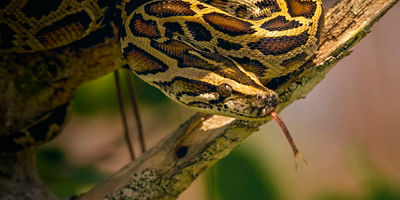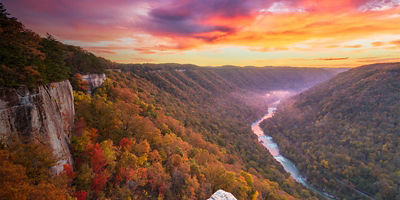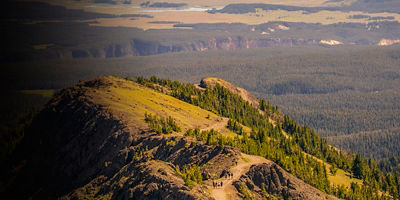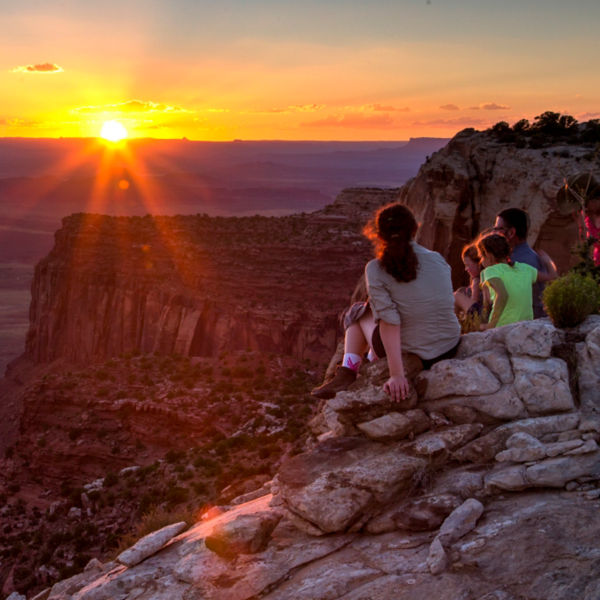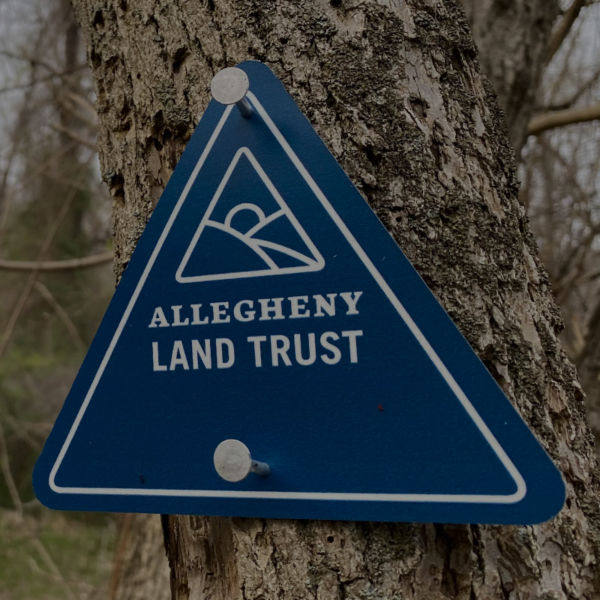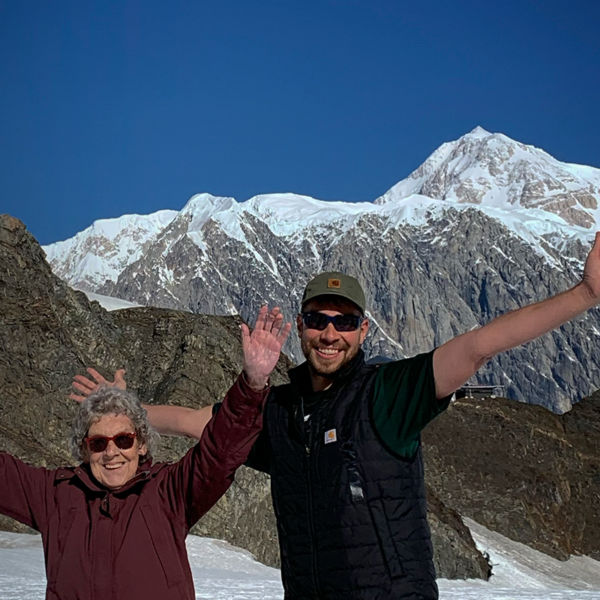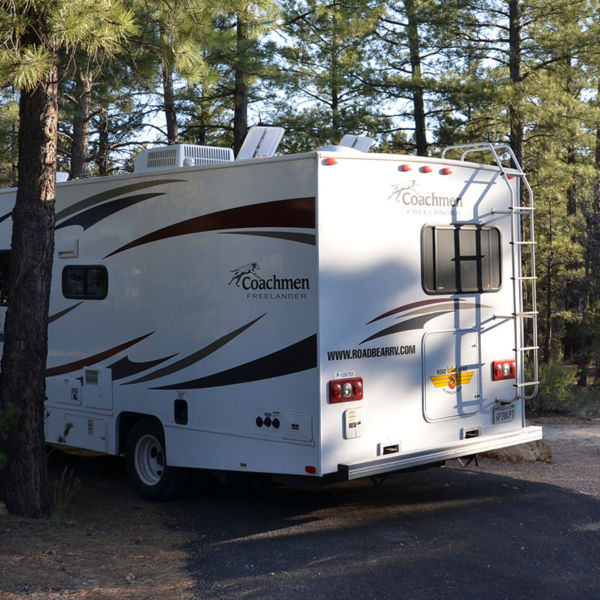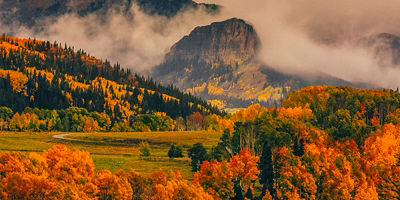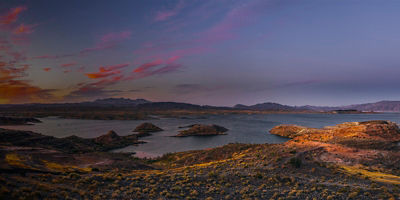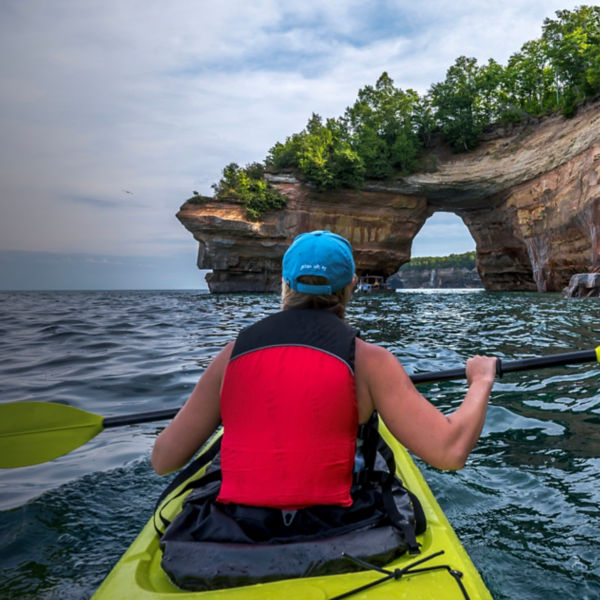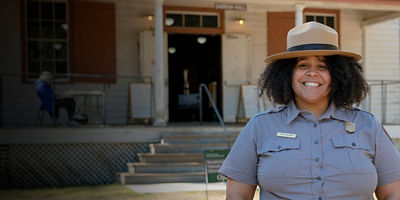
With its vast expanse of red-rock canyons, high-elevation desert plateaus, juniper stands, sandstone climbing routes, and abundance of archeological riches, Bears Ears National Monument beckons everyone from hikers to mountain bikers to climbers to history buffs. But while the outdoor recreation opportunities here are second to none, it’s important to know that these lands are much more than a playground. Bears Ears includes the ancestral lands of five tribal nations—Hopi Tribe, Navajo Nation, Ute Mountain Ute Tribe, Ute Indian Tribe, and Pueblo of Zuni—and remains sacred ground for these communities today.
Bears Ears National Monument has seen some dramatic ups and downs in its short existence. It was first designated by President Obama in 2016. But the following year, President Trump signed an executive order that slashed the monument’s size by 85 percent, raising the threat of fossil fuel development, mining, resource damage, and looting of archeological sites. Then, in early October of 2021, President Biden reinstated the monument’s original 1.3 million acres, plus an additional 11,200 acres. Indigenous groups like the Bears Ears Inter-Tribal Coalition (BEITC), as well as public lands advocates across the country, applauded the move.
“Thank you, President Biden and Vice President Harris, for upholding your commitment to restore Honmuru (Bears Ears National Monument), which is the birthplace of many Hopi and other Native peoples,” said Clark W. Tenakhongva, Vice Chairman of the Hopi Tribe and BEITC Co-Chair. “Through this action, the history of our people, our culture, and religion will be preserved for future generations.”
The return of federal protection makes now an excellent time to plan a visit to this public lands treasure, which is managed jointly by the U.S. Forest Service and Bureau of Land Management. Here’s what you need to know to plan your trip—especially, how to make sure that you respect the cultural and archeological treasures you’ll find here.
Where is Bears Ears National Monument?
The monument sits in southeastern Utah’s canyon country, bordered by Canyonlands National Park on the northwest and the Navajo Nation to the south. Gateway towns include Moab, Monticello, Blanding, and Bluff.
What’s included in the national monument?
Bears Ears brings together several areas of public land. The northernmost “peninsula” of land encompasses Lockhart Basin and the Indian Creek area. Moving south, you’ll find a swath of the Manti-La Sal National Forest, including the Dark Canyon Wilderness. Bears Ears surrounds Natural Bridges National Monument, and also contains the Cedar Mesa area in its southern section.
When should I visit?
Spring and fall offer the best conditions for exploring the desert, thanks to their mild daytime temperatures and relatively dry weather—but they’re also the most popular seasons for visitors. Summer can get very hot, and the monsoon season in late summer brings the potential for big storms and flash floods. Winter can be a good time to visit and enjoy solitude, but be prepared for cold temperatures, fewer services, and potentially impassable roads.


























